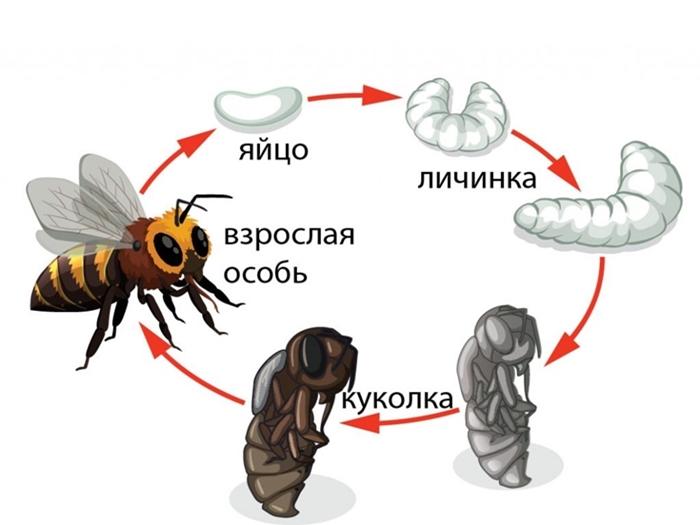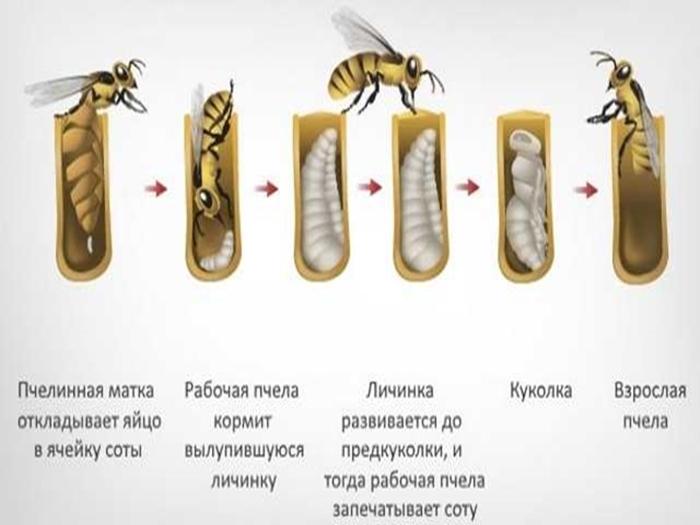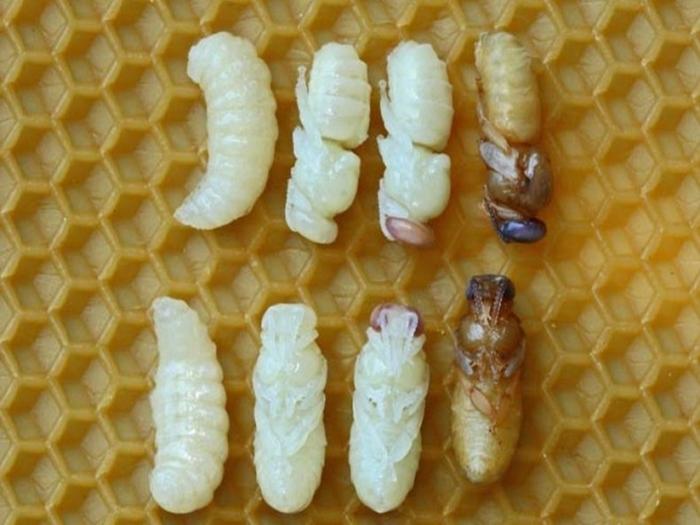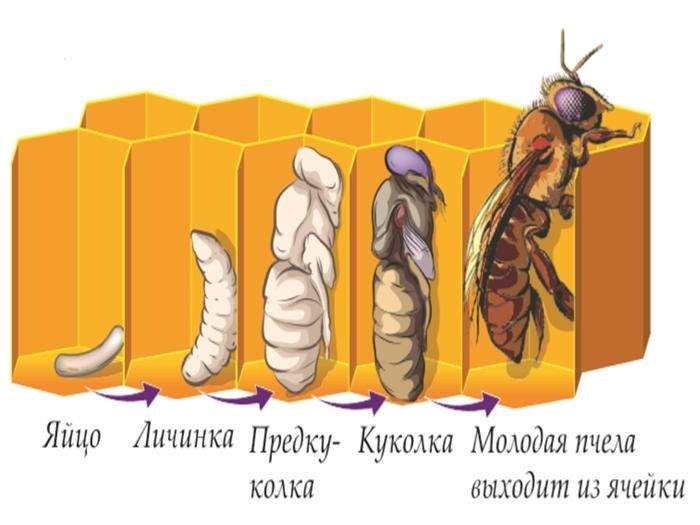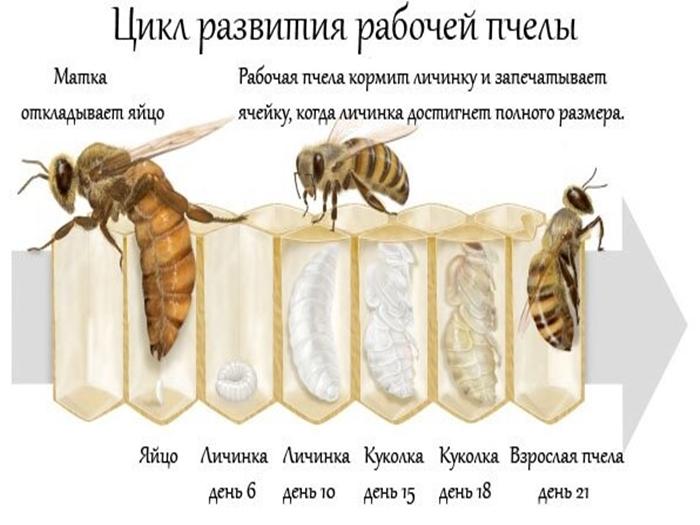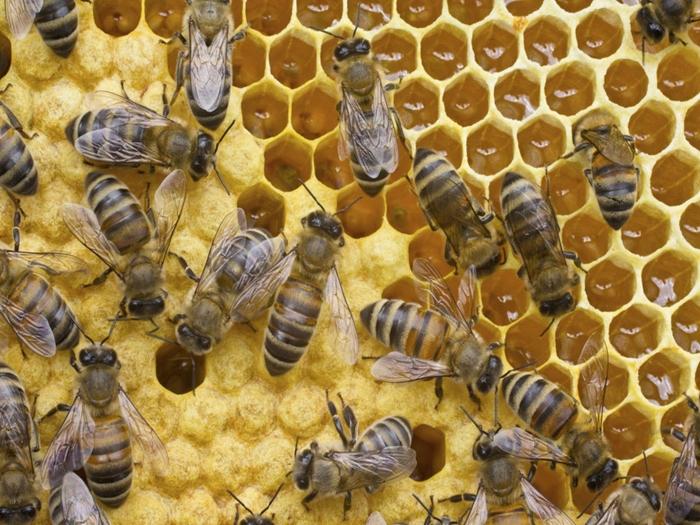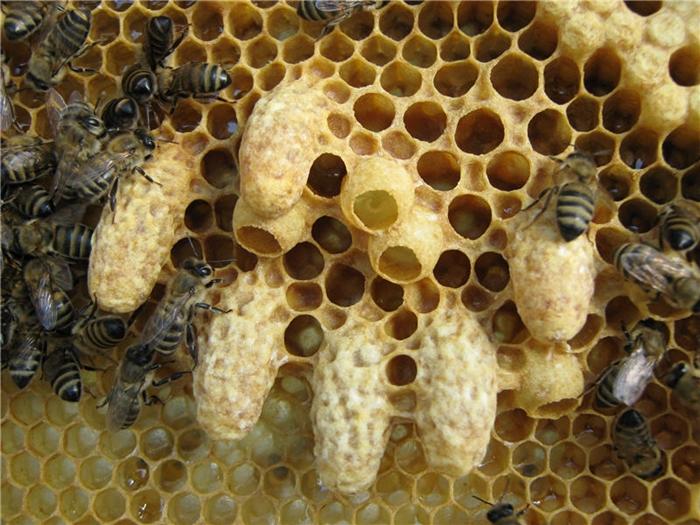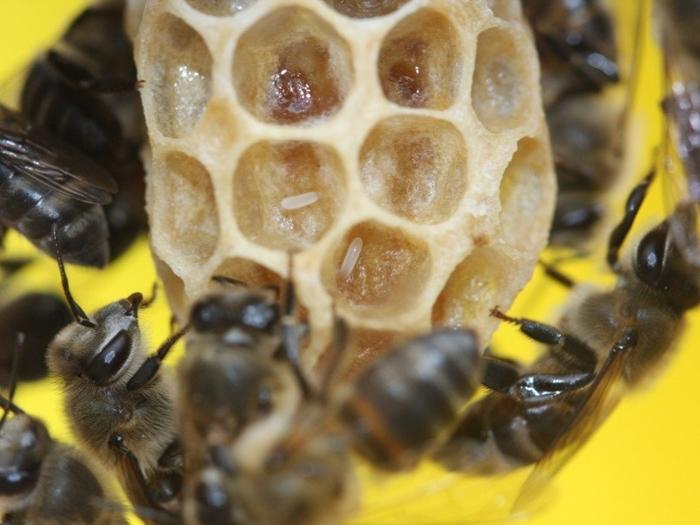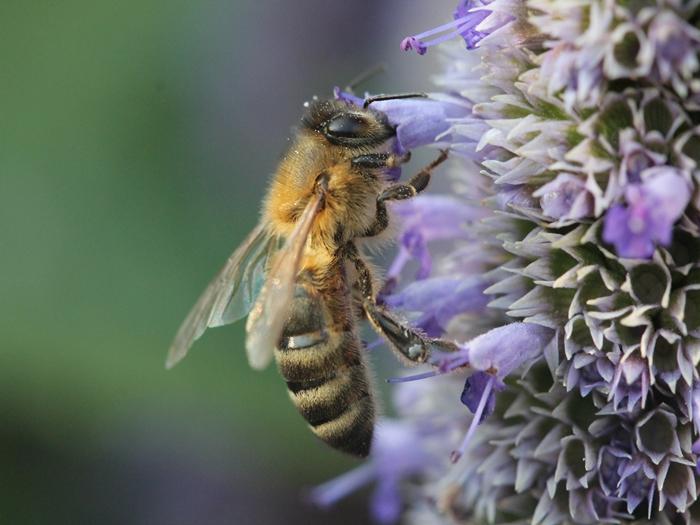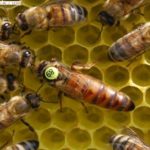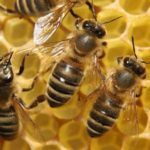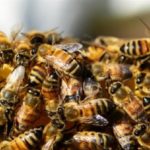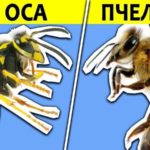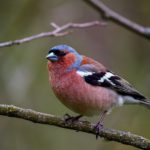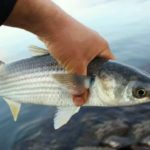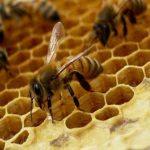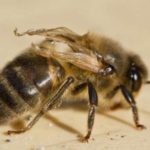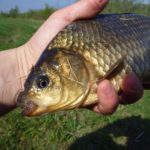Bees can have different types. In this case, queen bees, worker bees and drones develop from the same biological material - eggs. The queen lays them in cells specific to each individual. These can be queen cells, bee and drone cells. In the first and second cases, the uterus lays fertilized eggs, and in the latter, unfertilized eggs. The development of a bee from egg to bee is characterized by certain features.
At what temperature does a bee develop?
In order for the eggs laid by the queen bee to develop normally, it is important to maintain the correct microclimate in the hive. Usually the first sowing is observed in February.For the development of larvae, a temperature of +32-35 degrees is required. If the parameters decrease, weakened insects appear in the hive. Often young working individuals become underdeveloped. They may also experience deformation of their wings.
It is important to consider that the temperature should not exceed the permissible level, as this will lead to the death of the brood. During cold periods, bees often press against the walls of the cells, which helps create the necessary microclimate for the development of larvae. In hot weather, insects themselves lower their temperature. To do this, they begin to quickly flap their wings, which ensures air movement.
If wing ventilation does not reach its goal, the bees leave the hive. This means that old flying individuals fly out and form a large, motionless pile near the entrance. In the nest, with its simultaneous ventilation, heat generation decreases and the temperature drops.
Stages of development
Bees go through several stages in their development. After their completion, an adult appears. Each stage of development is distinguished by its own characteristic features, duration of growth, feeding habits, and rules of behavior.
Egg
All bees are born from eggs produced by the queen. She vertically attaches the eggs to the bottom of the honeycomb. They develop day by day. After a day, the egg bends slightly and on the third day it is completely on the ground.
As a result, a small white larva emerges from it. During the first three days, the queen feeds the larva with milk, depositing it in the same cell. Subsequently, honey and bee bread are used for feeding. The first stage is considered the same for all types of bees - drones, workers and queens. It lasts 3 days.
Larva
This life stage takes 6 days.During the first three days, the larvae receive a lot of milk as food. On the 4th day they begin to eat honey and beebread. At this stage of the life cycle, the larvae begin to develop rapidly and gain weight - from 0.1 milligrams to 150. When individuals do not fit at the bottom of the cell, they begin to move their heads towards the exit and stretch along. At this point the power stops.
Nurse bees use one beebread cell to feed the embryo. After 6 days, the queen seals the cells with the brood with a special composition based on pollen and wax. At the same time, it leaves a small hole for air flow.
The cells with queen bee larvae are sealed after 5 days, and with drones - after 1 week.
In this position, they form a cocoon, turning into a prepupa.
Prepupa
Many people are interested in how many days a bee hatches. The larvae of worker bees and the queen remain at the prepupa stage for 2 days. For drones, this period takes 4 days. After this process is completed, the embryo begins another molt. As a result, the old shell ends up at the beginning of the cell and mixes with the secretions that remain after spinning the cocoon.
Doll
This stage for the queen larva takes 6 days. This is the last stage before the adult bee leaves the cell. Until 21 days, the pupa is immobilized in a cocoon without food. At this time, she spends the food she has accumulated in reserve. With the last molt, the process of transformation of the bee brood into a full-fledged insect ends.
Before emerging to the surface, the bee changes its skin again and little by little gnaws the lid of the cell to exit.The empty cocoon is preserved for subsequent generations. It is important to consider that the development period from embryo to adult insect takes 21 days.
Adult
Newborn insects are characterized by the presence of many hairs on the surface of the body, including the head and paws. In the first 3 days of their life, young individuals are engaged in learning about the world. During this time, they feed from older bees and get to know the queen, touching her with their antennae. Thus, the bees try to remember its smell.
On the fourth day, the bees themselves begin to absorb honey and pollen, producing food from these substances for the larvae. At this stage, they even feed the brood themselves.
Also, young individuals take part in cleaning the cells, which are intended for the queens to lay eggs. Such individuals are usually called nurses. During 1 season, each of these insects raises up to 3-4 larvae.
Receivers who are more than 6 days old receive food from the collectors. They use it to make food for the queen and larvae. Insects turn into foragers after 2-3 weeks. At this stage, they are actively collecting nectar and pollen. The older generation, which already has wax glands, is able to build new honeycombs using wax.
The specific lifespan of an insect is determined by a large number of factors. During the main honey collection, working individuals quickly wear out and die. It is worth noting that insects of the autumn generation are characterized by a longer life span. It lasts several months until the spring generation of individuals is raised.
In their development, bees go through a number of successive stages. Beekeepers must take this into account.Each stage has its own duration and characteristic features.

